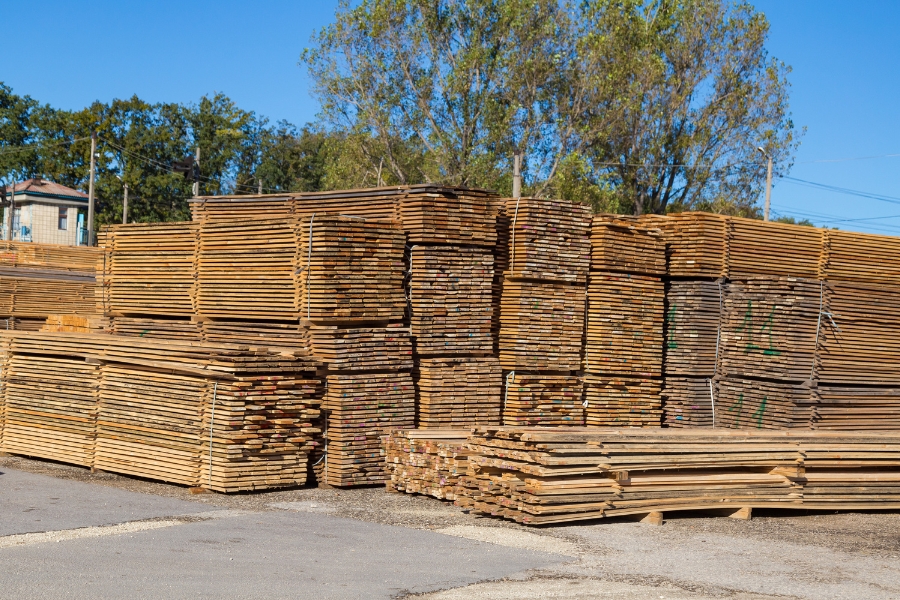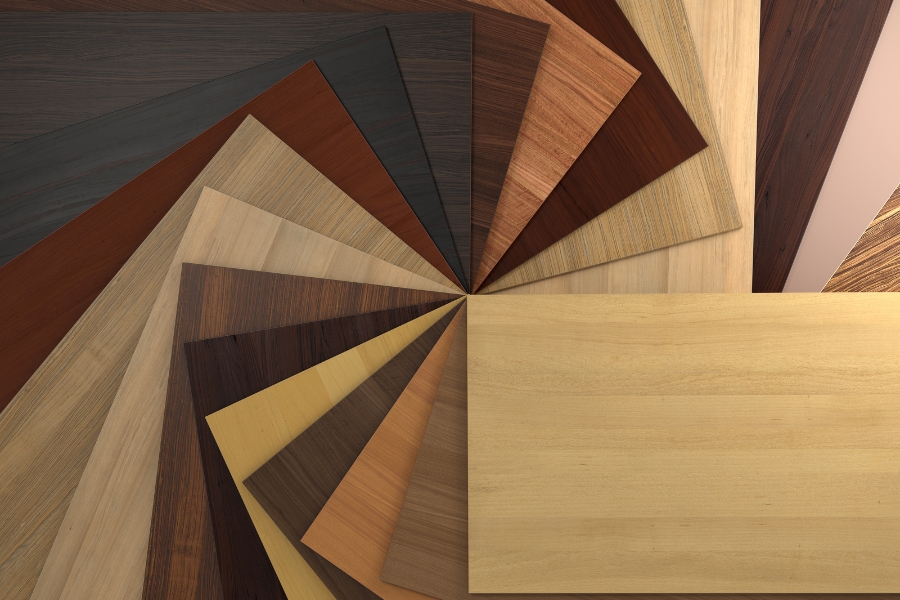If you are looking for a suitable material for formwork or wood veneer, you may have often heard of polyfilm and phenolic film face. At first glance, the two seem similar, both serving as veneers for plywood to make it stronger and more durable. However, these two types of film actually have quite different characteristics and advantages. Choosing the wrong one can affect the final result and cost efficiency.
To help you make an informed decision and choose the right option for your project needs, let’s delve deeper into the differences between polyfilm and phenolic film face. Which one is more suitable for your requirements?
Differences Between Polyfilm and Phenolic Film Face
Although both are used as plywood coatings, there are significant differences between polyfilm and phenolic film face in terms of material, durability, and appearance. Let’s take a look at the differences below!
1. Manufacturing Process
Polyfilm is a type of plywood whose surface is coated with poly resin liquid. After coating, the surface undergoes a coating and drying process to form a hard, transparent protective layer that is resistant to various conditions.
Meanwhile, phenolic film face is equipped with a phenolic film layer on one or both sides, with a thickness of approximately 45–125 gsm. This layer makes the wood surface stronger, more wear-resistant, and more stable when used in various project conditions.
2. Moisture Resistance
The protective layer on polyfilm is waterproof, preventing moisture from entering the wood fibers and keeping the structure stable, even in humid conditions. On the other hand, phenolic film face also has high moisture resistance thanks to its waterproof surface. This type is suitable for outdoor work and concrete formwork because it is not easily damaged by rain or weather changes.
3. Surface Appearance
In terms of the final result, polyfilm can produce smoother and flatter concrete castings. The poly resin coating helps prevent the cement from sticking too strongly, so that the concrete surface looks clean and more precise. Phenolic film face also offers a smooth and flat surface, so that the concrete castings remain neat and professional-looking.
4. Durability
Polyfilm can be reused up to 3–4 times, making it quite efficient for repeat projects, especially on a medium to large scale. However, phenolic film face has higher durability. If properly maintained, this material can be reused up to 8–10 times, and in ideal conditions, it can last more than 20 years.
5. Price and Cost Efficiency
In terms of price, polyfilm is more affordable than phenolic film face. However, from a long-term perspective, phenolic film face is more economical because it can be used more often and is durable, making it suitable for projects that require high efficiency in material usage.
So, Which One Should You Choose?
Essentially, the choice between polyfilm and phenolic film face depends heavily on your project’s needs—whether you prioritize short-term cost efficiency or long-term durability. Polyfilm is suitable for those needing affordable material for multiple uses, such as small to medium-scale projects. However, if you want precise, durable prints that can be reused multiple times, phenolic film face is clearly the superior choice. Whatever your choice, make sure you get it from a trusted distributor.
At Hojaya, you can find a wide selection of high-quality polyfilm and phenolic film face that have been widely used in construction projects throughout Indonesia. Durable, safe, and definitely ready to help make your project a success!
Check out our product collection now at Hojaya and find the best materials for your needs!


